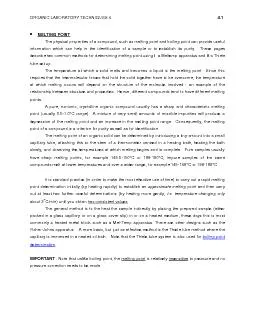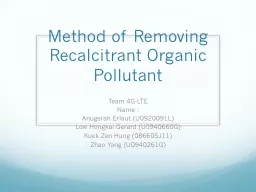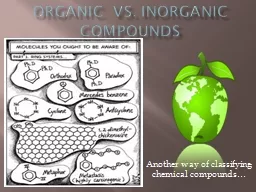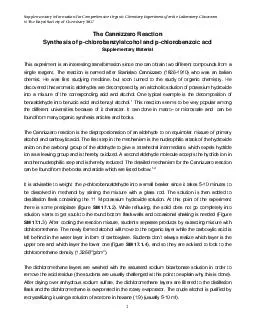PDF-ORGANIC LABORATORY TECHNIQUES 4
Author : pasty-toler | Published Date : 2015-09-03
4 1 xF0B7 MELTING POINT The physical properties of a compound such as melting point and boiling point can provide useful information which can help in the identification
Presentation Embed Code
Download Presentation
Download Presentation The PPT/PDF document "ORGANIC LABORATORY TECHNIQUES 4" is the property of its rightful owner. Permission is granted to download and print the materials on this website for personal, non-commercial use only, and to display it on your personal computer provided you do not modify the materials and that you retain all copyright notices contained in the materials. By downloading content from our website, you accept the terms of this agreement.
ORGANIC LABORATORY TECHNIQUES 4: Transcript
Download Rules Of Document
"ORGANIC LABORATORY TECHNIQUES 4"The content belongs to its owner. You may download and print it for personal use, without modification, and keep all copyright notices. By downloading, you agree to these terms.
Related Documents














